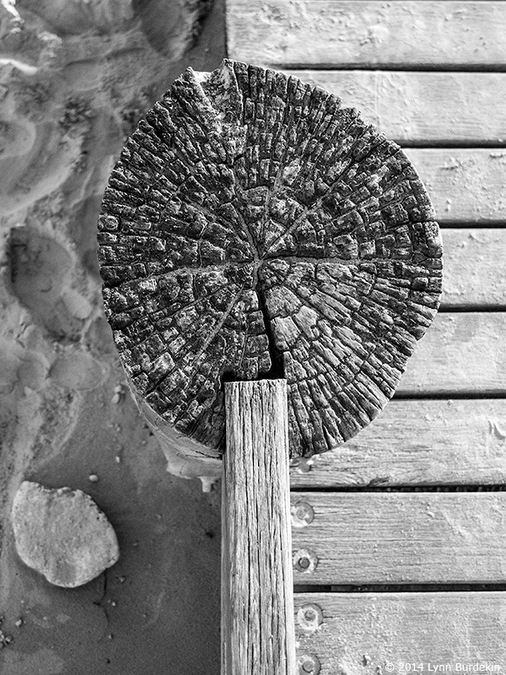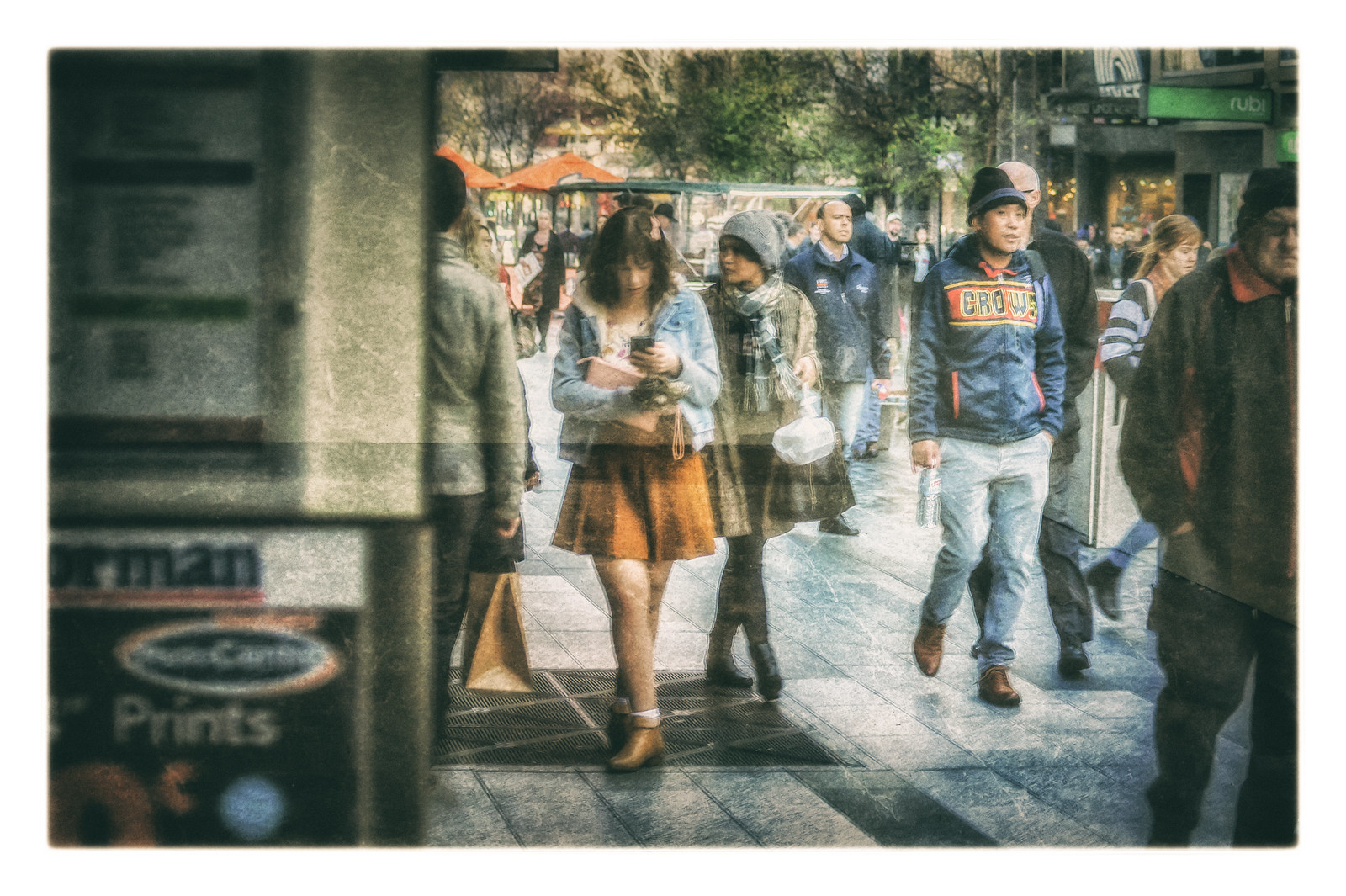Thank you Kuuan for an excellent contribution.
Many of the posts in this forum developed by Western thought and the world experience of a Western world citizen. We want to capture the world with analytical reasoning and clothe the results of intellectual work in theories. But many Westerners feel that this kind of world experience and world domination can not lead us to the real core of being. So practicing Buddhist aesthetics (Wabi Sabi springs this aesthetic) increasingly attract Westerners, photographers too. Photographers who want to shoot in style Wabi Sabi, have a deep longing for another more profound experience of the world. Some call this experience Enlightenment.
But you cannot "make" Wabi Sabi photography. Here is the misunderstanding in many forum posts. Wabi Sabi images are the result of a Buddhist worldview and world experience. You can only gain this experience through meditative exercise and the consequent treading of the path of Zen experience. Wabi Sabi Photography itself is a meditative exercise on the way to enlightenment, the experience of true being. If you want to shoot images in the aesthetics of Zen Buddhism, then you have to abandon the western aesthetics consequently. And western aesthetics encounter us in innumerable pictures every day .
Part of my modest photos of Wabi Sabi Photography you find here:
http://www.franzhuempfner.de/wabi_sabi1/index.htm
Check out my considerations about Wabi Sabi Photography with my theoretical considerations and many sample images:
http://www.photoartfolio.com/publications.html
























